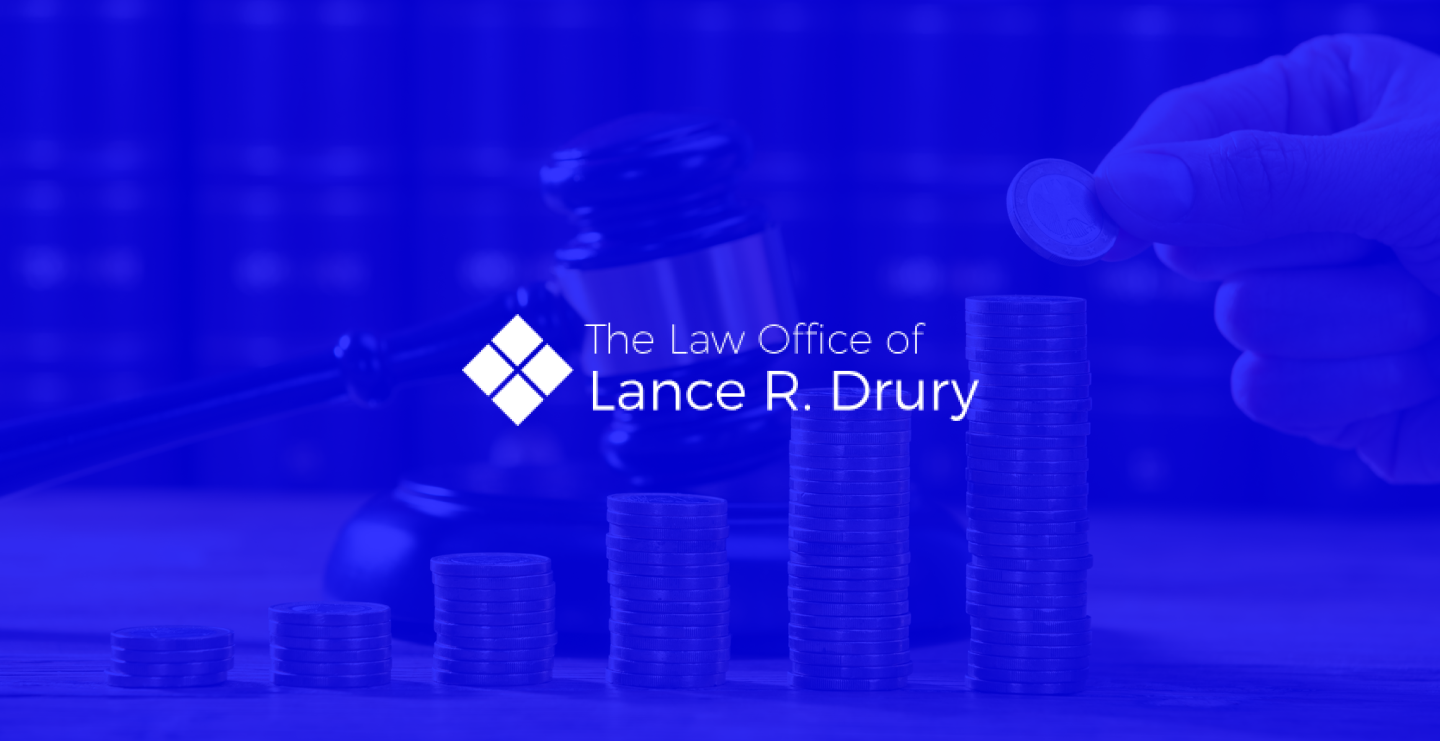There are many reasons why leaving a federal tax debt unaddressed for a long period of time can be very problematic for a taxpayer. One is that unpaid federal tax debts gather interest. This interest generally gathers daily. It applies to the underlying debt and the penalties and past interest connected to such debt.
One thing a person who has a tax debt that has accrued a good deal of interest may wonder is if there are ways to get interest amounts reduced.
The avenues for reducing interest on tax debts are fairly limited. Many of the reduction options available for tax penalties, such as first-time relief and reasonable cause reductions, are not available for interest.
Rather, the direct reduction of interest is only allowed under very narrow circumstances. Such a reduction can only be granted in instances in which the interest came about due to an IRS officer/employee committing an unreasonable error or delay in relation to their managerial or ministerial duties.
Also, there is a way interest can be indirectly reduced. This is due to the fact that interest is calculated based on things such as the amount of debt and penalties a person has. So, when such penalties or debt are reduced, so too is the amount of interest connected to them.
As this illustrates, what options a taxpayer has for trying to reduce the monetary impacts of a tax debt depends on many things. This includes what specific type of monetary impact they are trying to reduce (such as whether they are trying to reduce the amount of the underlying debt, tax penalties or interest). It also includes the specific circumstances surrounding their debt and its connected penalties and interest. Tax lawyers can provide taxpayers who have tax debts with tailored guidance on what avenues are available to them for trying to minimize the negative financial consequences of their debt.
Source: Internal Revenue Service, “Interest for Individuals,” Accessed Oct. 11, 2017

 Call Us Now
Call Us Now Email Us Now
Email Us Now

